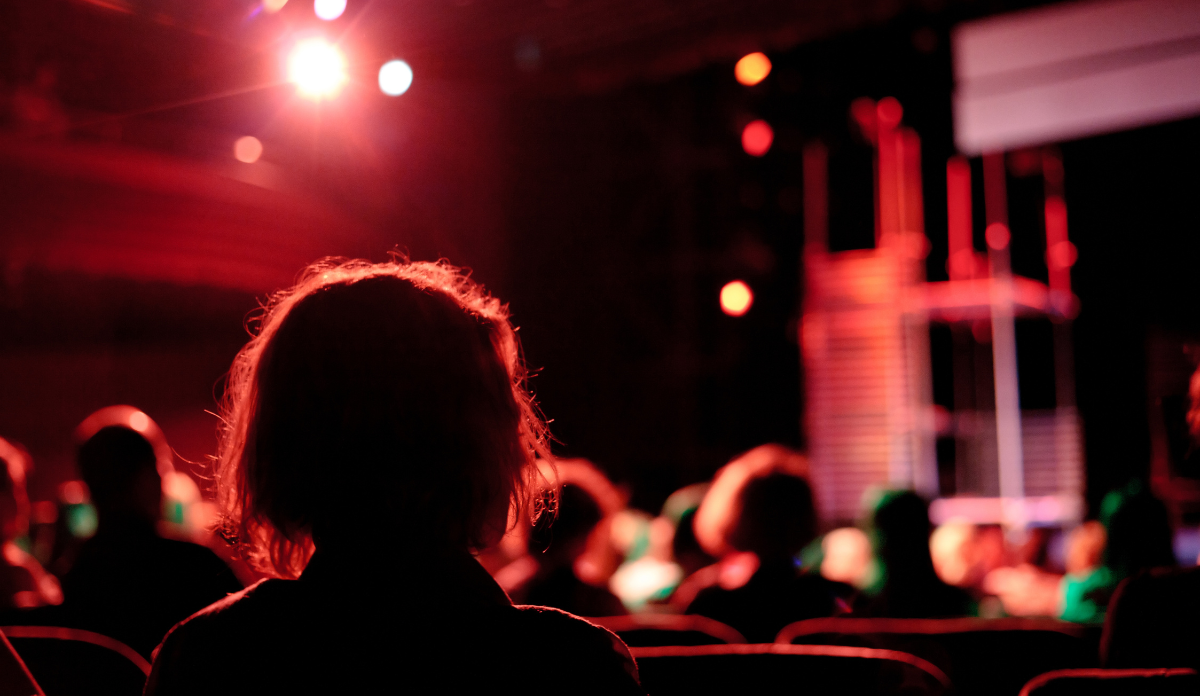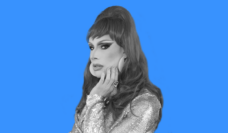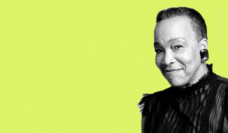This is the final part of a four-part series – The Art of Promoting Health – examining art’s role in the treatment of mental illness and the promotion of public health. Read parts one, two, and three.
The first time I saw a live performance after the pandemic lockdowns, I soaked my mask in happy tears. I was overwhelmed by the crowd around me and what they represented: the shared experience of coordinating schedules, traveling to the venue, showing vaccination cards, donning masks, and gathering in one place to watch professional dancers, who had been unable to perform for years, finally share their artistry with the public again.
Worldwide, the COVID-19 pandemic intensified mental health problems like isolation, loneliness, grief, depression, and anxiety, especially among youth, women, lower income individuals, and people of color. In the U.S., mental health problems had steadily increased for at least a decade before COVID-19.
Participating in, or even just witnessing dance, music, theater, or visual art activities can significantly reduce symptoms of serious mental illness or distress. A sense of awe or wonder can bring a person out of their individual experience, connect them to others, and alleviate negative emotions when a person feels threatened. People who engage in arts have better mental health outcomes than those who don’t, even after adjusting for other factors like income level. For patients with physical illness, art engagement promotes recovery. Among the elderly, arts engagement reduces depression and enhances self-worth. Art programs for socially isolated young people have been linked to improved motivation, self-esteem, and hope for the future. And in community settings, art therapy can be used as a timely response to public health needs and social injustice, and can even be used to respond to tragic community events by supporting communal expression.
Accessing art need not be just a treatment for mental health problems. Creative processes and experiences build mental wellness and resilience, and could be used to prevent burnout among health care professionals.
It is the work of a medical professional to treat illness and relieve suffering. But it is the work of public health to prevent illness in the first place. John Snow, the “Father of Public Health,” didn’t focus on finding a cure for cholera in London. He traced the cases to a water pump on Broad Street and closed the pump. Local cholera cases immediately dropped. But mental health discussions in public health spaces are dominated by treatment models: treating substance use disorders, therapy for the traumatized and severely mentally ill. Still, treatment options are woefully poor among socially disadvantaged groups and access to care must be improved. When will the public health field turn our collective focus from treatment to turning off the water pump?
Accessing a shared sense of common humanity in a shared space, virtual or physical, is invaluable when life’s tasks increasingly take place in isolation.
At the highest level of mental health prevention, we would work to eliminate poverty and inequality. Then people struggling to meet their basic physical needs could have money and time left over for healthy outlets to meet emotional needs. But explicit policies to reduce inequality are politically unpopular, so public health practitioners must find community and institutional-level ways to broaden access to activities that foster mental health.
Already, organizational collaborations to broaden access to public art—and therefore to public health—are in place. In Massachusetts, EBT’s Card to Culture initiative has broadened access to cultural institutions like local museums and performances for people on SNAP benefits, or food stamps. But the program only applies to organizations in the northeast.
During the pandemic, several government social “safety net” supports were expanded, with clear benefits to recipients. This model of broadening the spectrum of benefits of social safety net measures can continue and be more widely publicized. When access to EBT benefits are expanded, for example, more people can access Card to Culture benefits.
True accessibility requires true representation. Community art institutions can address this by working to diversify their casts and leadership, and by working to make their spaces more accessible with sign language interpreters, closed captioning, and mobility/visibility aids.
Pre-pandemic, just over 5 million workers were employed in U.S. arts and cultural industries. Several core arts industries have struggled to return to pre-pandemic levels, including performing arts organizations. Governments can support performers from marginalized groups who are underrepresented in media and the performance industry’s efforts to reduce exorbitant fees that stifle performers and audience members. Nearly every major arts organization in the United States gets a large portion of their funding from public grants. These grants have declined over the years, but are essential to funding smaller organizations in more rural areas that struggle to procure private funding.
The performance art industry is still recovering, and needs continued support so performers can continue to support us. Accessing a shared sense of common humanity in a shared space, virtual or physical, is invaluable when life’s tasks increasingly take place in isolation.
Photo via Getty Images














